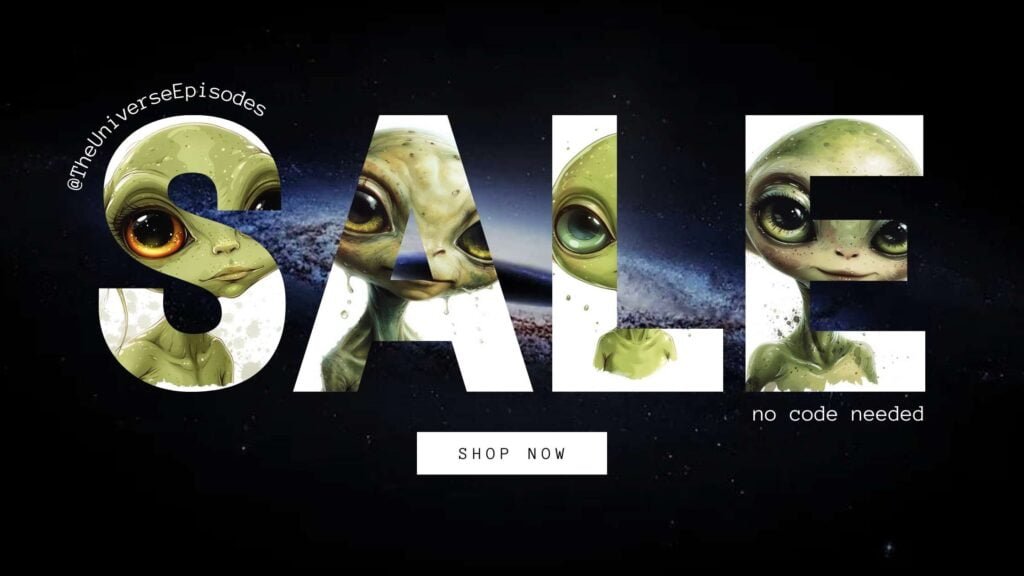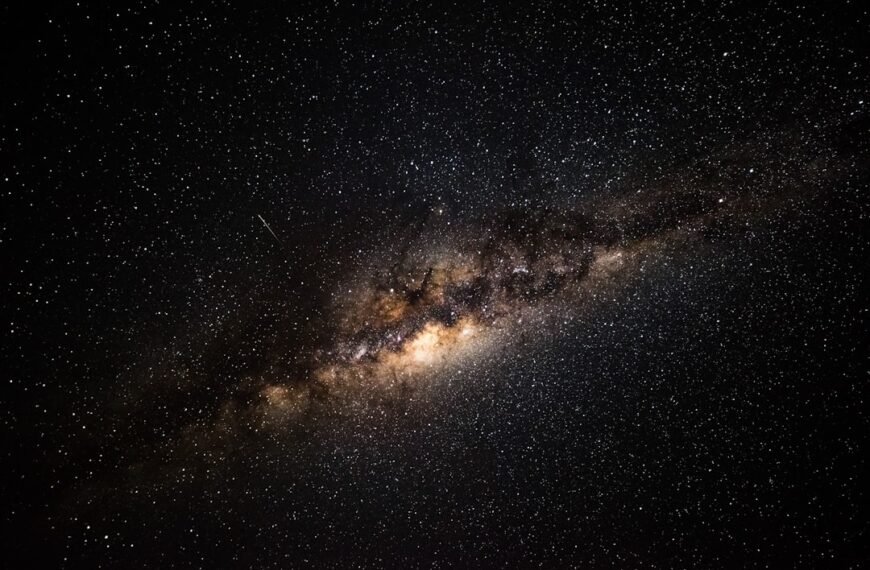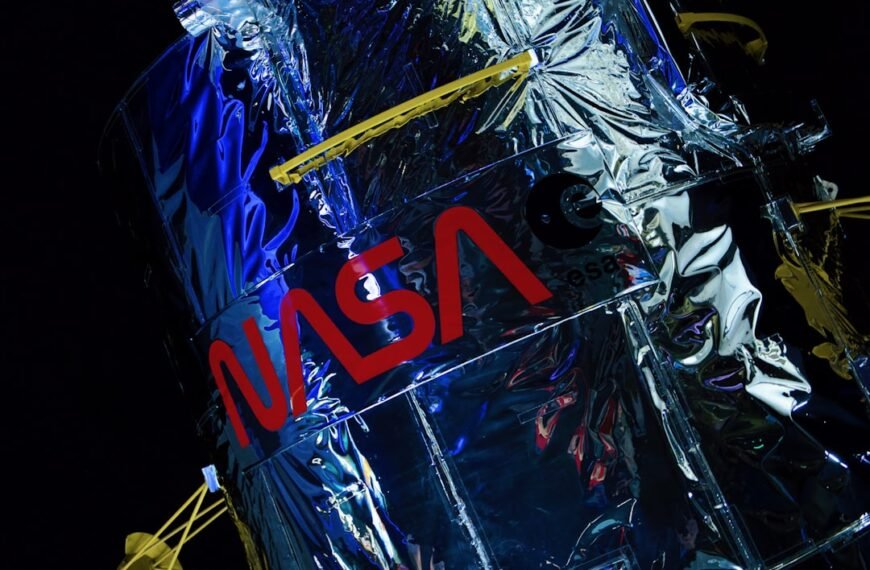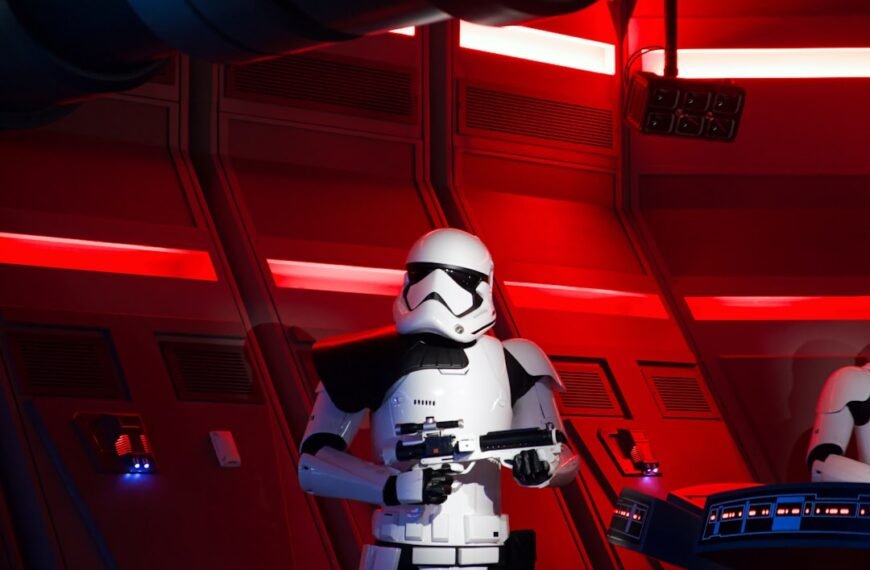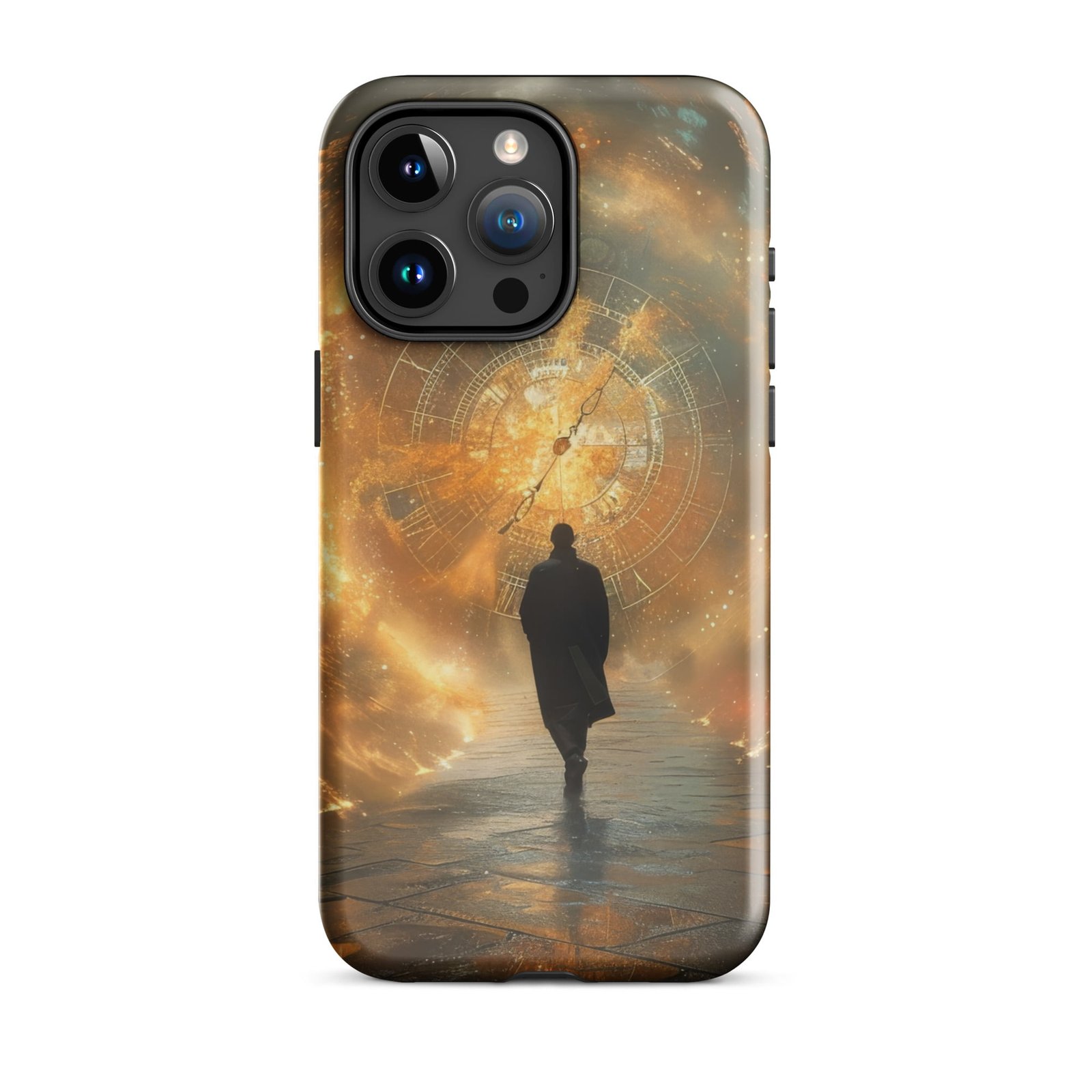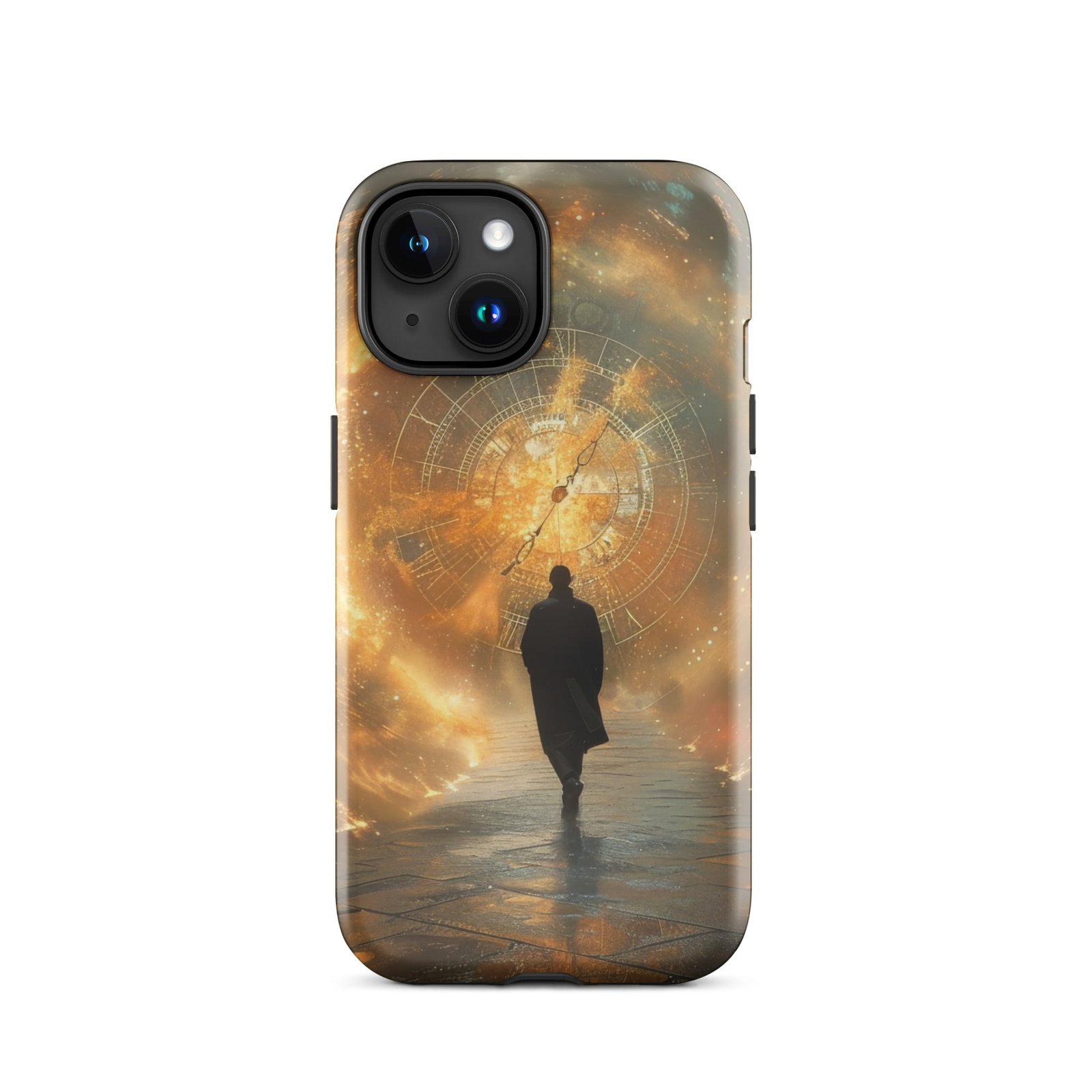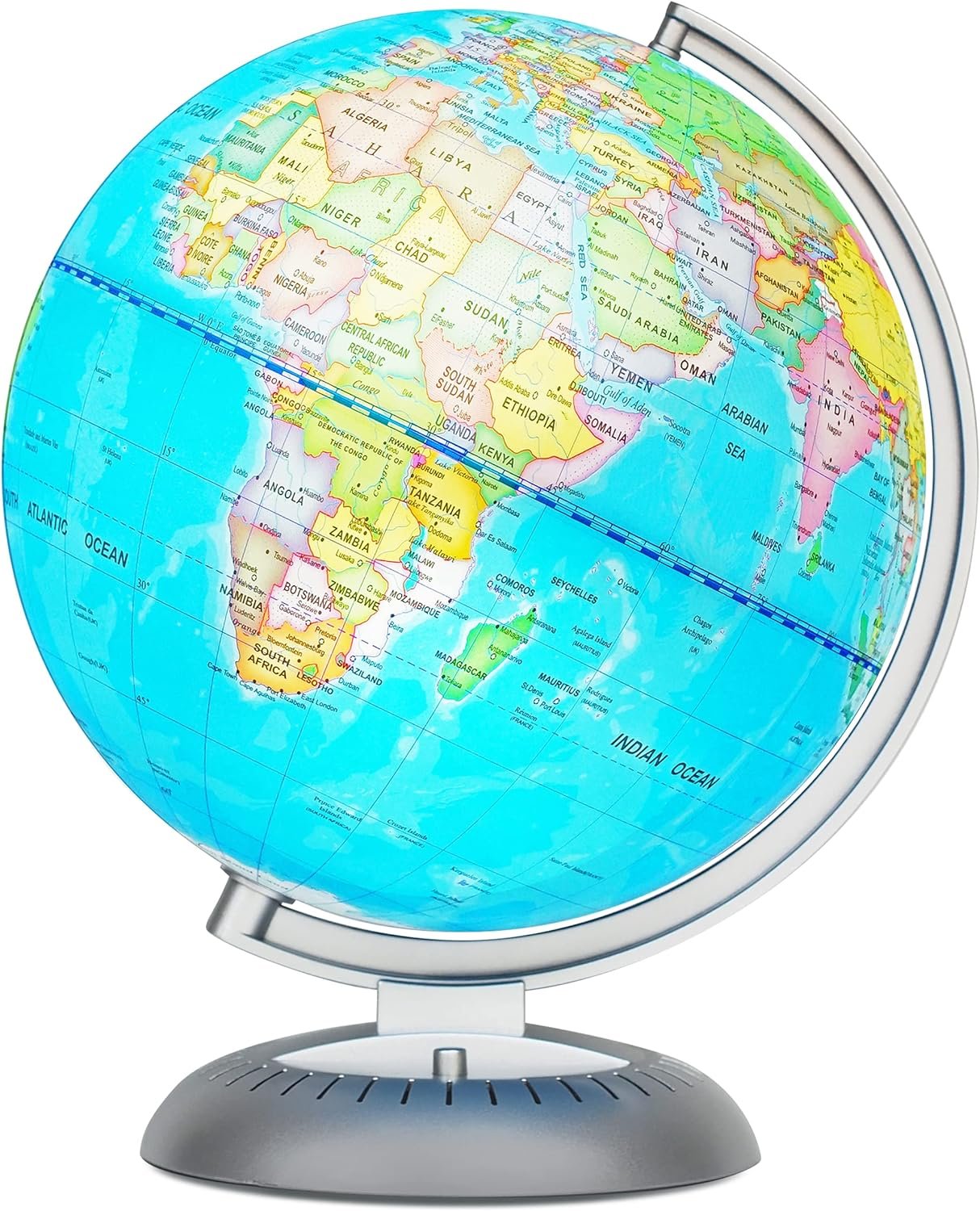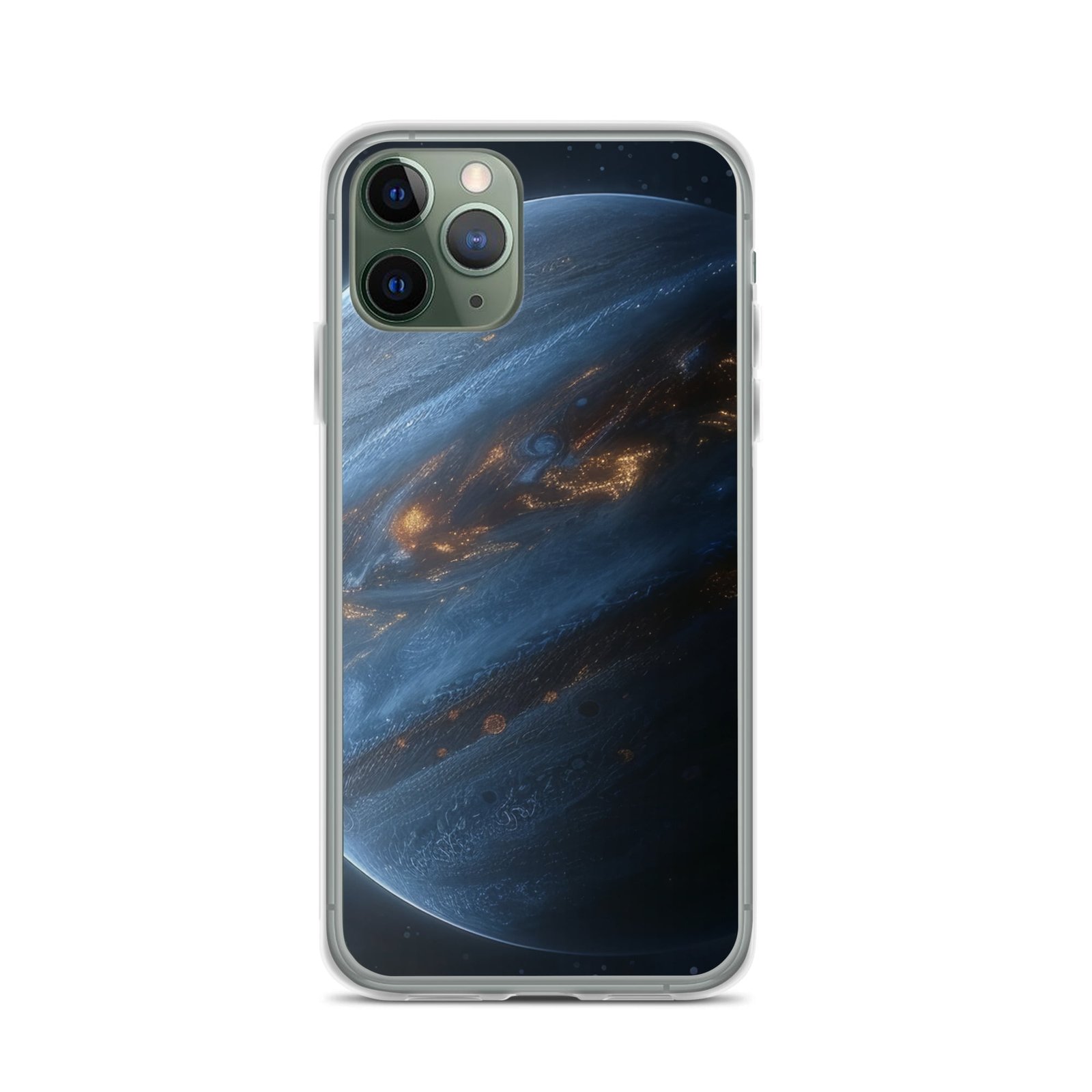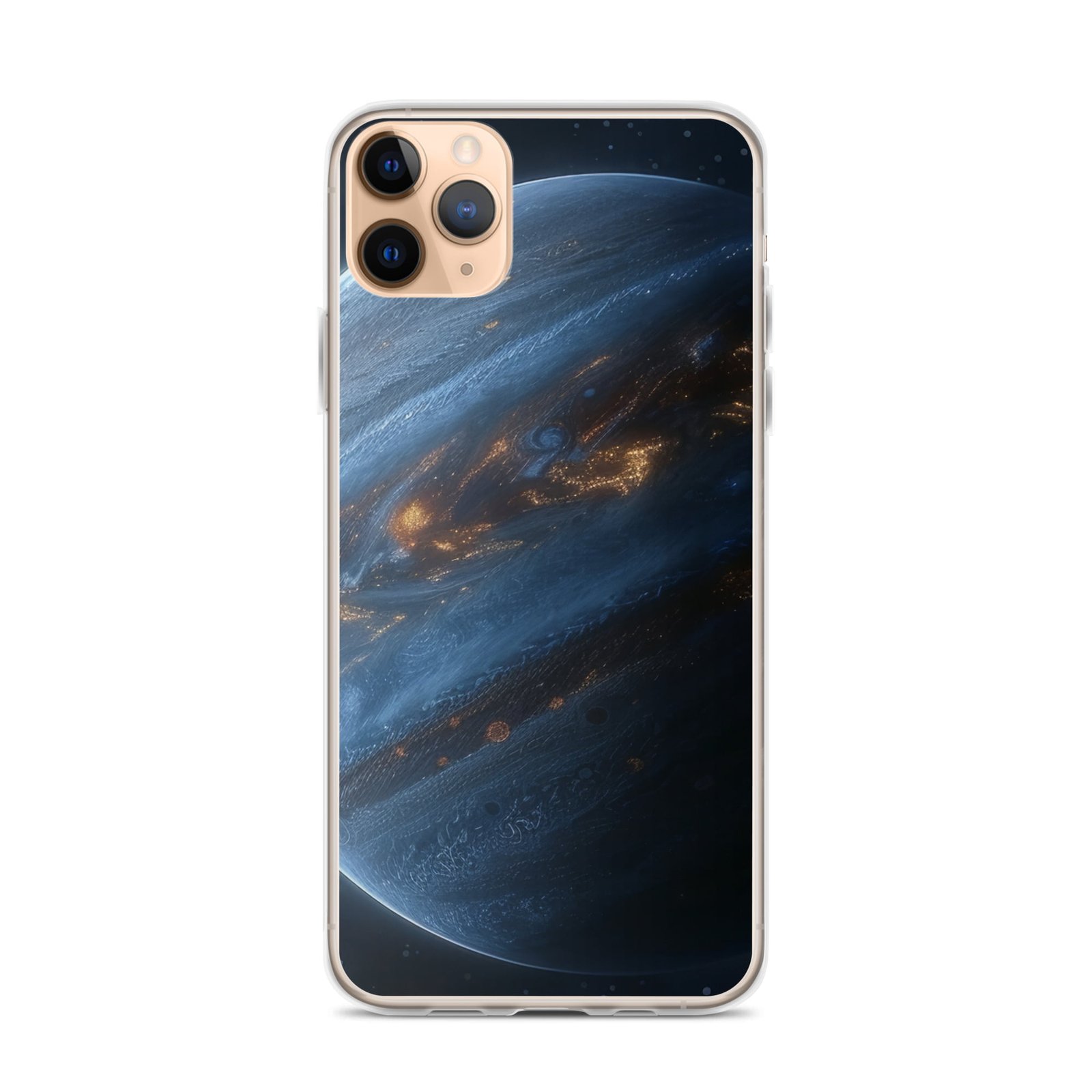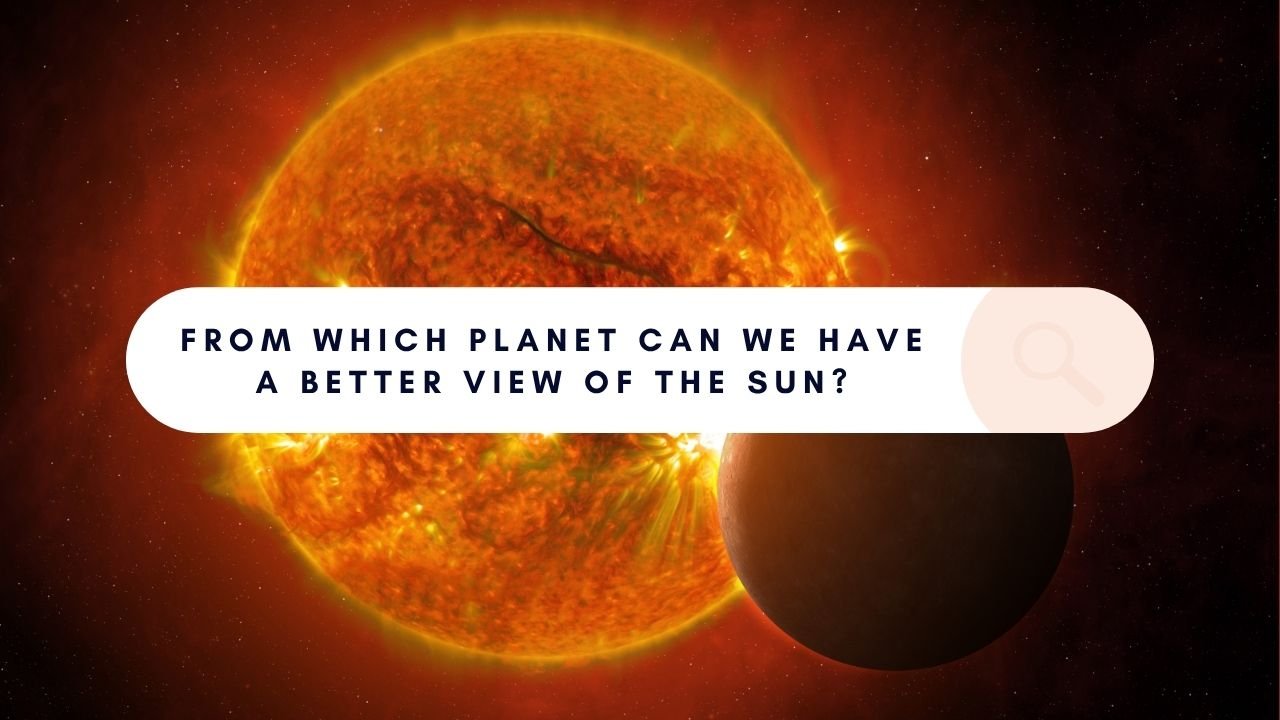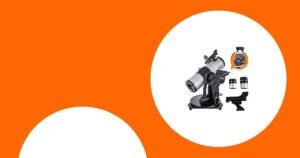Key Takeaways
- Space tourism safety varies by provider and flight type, but industry standards are rapidly improving.
- Companies like SpaceX, Blue Origin, and Virgin Galactic use escape systems, extensive testing, and health screening.
- The FAA regulates commercial launches but currently allows space tourists to fly under informed consent rules.
- No fatalities have occurred on commercial space tourism missions as of 2025.
- Safety remains a top priority, especially as more civilians enter space.
The Big Question: Is Space Tourism Really Safe?

The short answer: safer than ever, but still riskier than air travel.
While modern space tourism is designed with safety in mind, traveling to the edge of Earth’s atmosphere—or beyond—is inherently risky. However, advancements in reusable rockets, automation, and crewed capsule design have dramatically reduced danger.
As of 2025, there have been zero deaths on space tourism missions operated by commercial providers like Blue Origin, SpaceX, and Virgin Galactic.
What Are the Risks?
Spaceflight risks include:
- Launch failure
- Re-entry heat and deceleration
- Human medical emergencies
- Equipment malfunctions
Most accidents in early space history involved government programs with less advanced automation. Today’s commercial providers build in redundancy and safety protocols far beyond the early space race era.
Safety Measures by Leading Companies

🛰️ SpaceX
- Vehicle: Crew Dragon
- Escape System: SuperDraco abort engines can pull the capsule away from a failing rocket at any point during launch.
- Record: Successfully flown NASA astronauts and private citizens with no major incidents.
- Crew Training: Orbital passengers undergo months of training, simulations, and emergency drills.
🚀 Blue Origin
- Vehicle: New Shepard
- Escape System: Built-in solid rocket motor can separate the crew capsule mid-flight in case of booster failure.
- Record: Multiple crewed flights with safe landings; one successful real-life abort test in 2022 (uncrewed).
- Crew Training: Lightweight training for suborbital passengers (1–3 days).
🛸 Virgin Galactic
- Vehicle: SpaceShipTwo (VSS Unity)
- Design Feature: Glide return and feathering tail system help stabilize re-entry.
- Record: Multiple commercial flights with civilians; one fatal test accident in 2014 (since corrected).
- Crew Training: Includes G-force training and emergency drills, lasting 3–5 days.
How Is Spaceflight Regulated?
In the U.S., the Federal Aviation Administration (FAA) regulates commercial space launches. However, due to a policy called the “informed consent regime,” passengers must:
- Acknowledge the risks in writing
- Be informed the spacecraft is not certified like an airline
- Accept personal responsibility for flying
The FAA focuses mainly on public safety (ensuring launches don’t endanger people on the ground), but not on certifying passenger protection—yet.
A moratorium on stricter safety rules has been extended through at least 2026 to let the industry mature.
What Kind of Training Do Tourists Receive?
Space tourism customers go through varying levels of training depending on the mission:
| Flight Type | Training Duration | Key Focus Areas |
|---|---|---|
| Zero-G Flights | 1–2 hours | Briefing, motion sickness tips |
| Suborbital Flights | 2–3 days | G-force preparation, capsule procedures |
| Orbital Missions | Several weeks/months | Full mission simulations, emergency drills, physicals |
Passengers are not expected to fly the spacecraft, but must know how to follow basic safety protocols and respond to instructions.
What Happens If Something Goes Wrong?
All spacecraft used in space tourism have automated abort systems that can detect anomalies and act without pilot input:
- Blue Origin’s capsule can land safely even if the booster fails.
- SpaceX’s Dragon capsule can abort and land via parachute on land or sea.
- Virgin Galactic vehicles have gliding capability to return without engine power.
Additionally, ground control teams monitor all systems in real time, ready to intervene or abort flights if necessary.
Are There Any Incidents to Learn From?

Yes—these events shaped current safety practices:
- Virgin Galactic (2014): One test pilot died due to premature feathering deployment. The system was redesigned with safeguards.
- Blue Origin (2022): A booster failed on an uncrewed flight, but the capsule’s abort system worked perfectly.
- SpaceX (2019): A Dragon capsule exploded during ground testing—leading to further safety reviews before crewed missions began.
These incidents highlight how real testing and iteration lead to better outcomes.
Final Thoughts
Space tourism in 2025 is much safer than it was just a decade ago. Thanks to modern engineering, automated safety systems, and detailed training, civilians are now able to explore space with increasing confidence.
Still, every space tourist must understand: this isn’t air travel yet. Risks exist, and informed consent remains essential. But the industry’s flawless track record with tourists so far is a strong sign of what’s possible in the next frontier.




